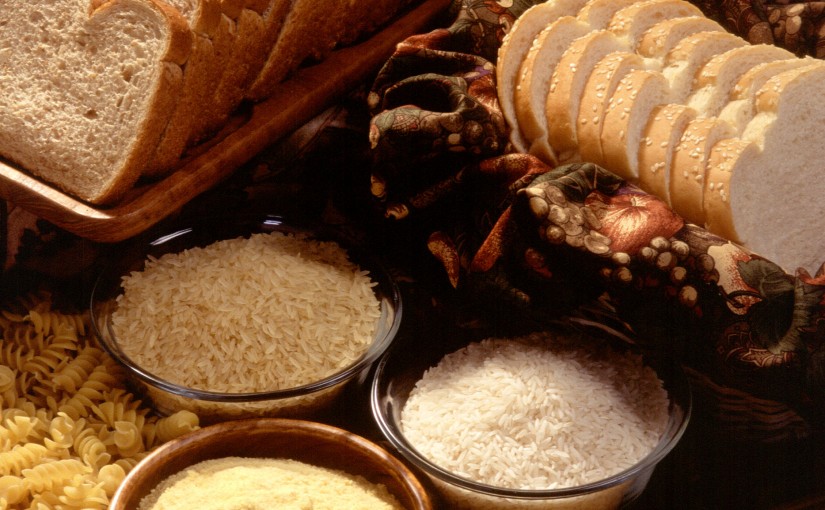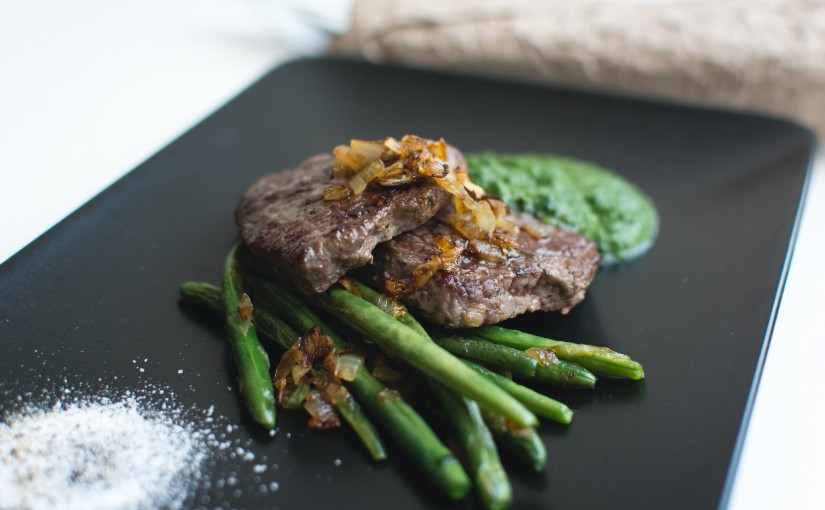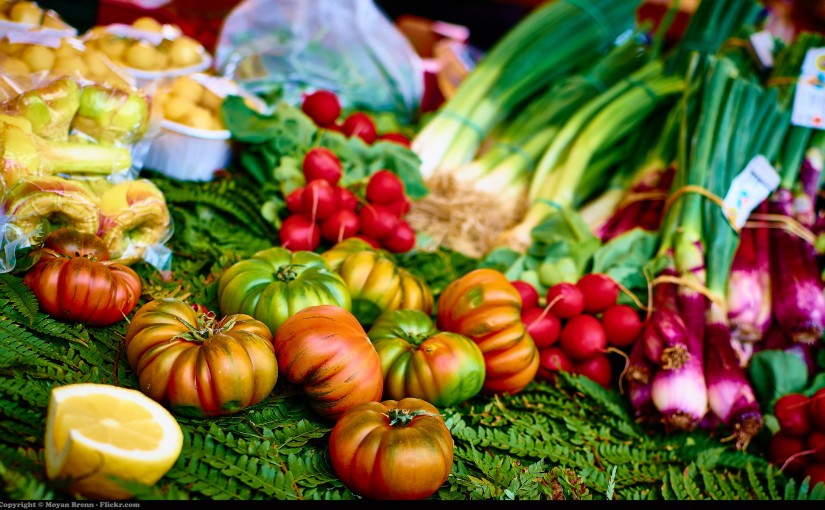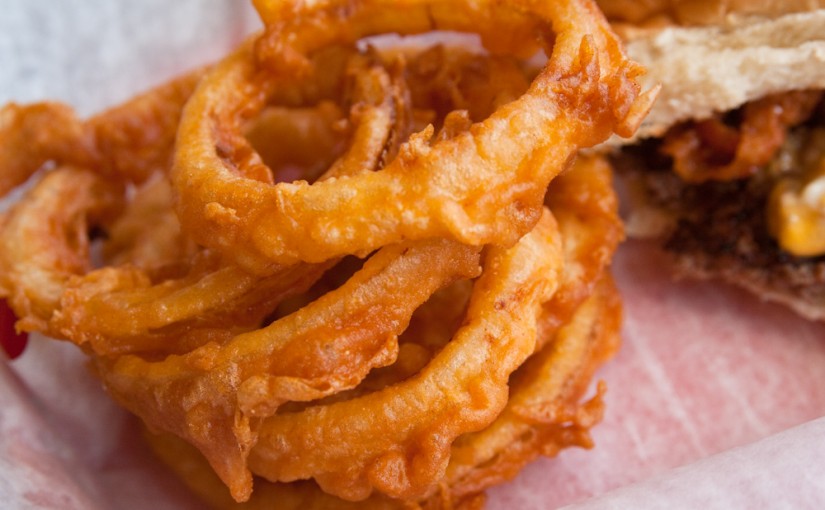Tag: Food
-

Bread, Rice, Pasta: Why Brown is Better
Many people love pasta and rice. However, most of us prefer the white versions of these foods over the brown because they look much tastier. However, where nutrition is concerned, brown bread, rice and pasta are much better for you. If you want to include more brown bread, rice and pasta in your diet, or…
-

The Benefits of Paleo
As far as diets go, paleo is both very new and very old. At first, this may seem like a contradiction, but people have been eating in this fashion for millions of years, ever since the first hunter-gatherer tribes appeared on Earth. However, it was only just recently that we became aware of the health…
-

A Guide to Vegetarianism
The choice to go vegetarian is a personal one. Sometimes it is for medical reasons, sometimes ethical, sometimes both and sometimes neither. Whatever the reasons for your choice to go vegetarian, you The choice to go vegetarian is a personal one. Sometimes it is for medical reasons, sometimes ethical, sometimes both and sometimes neither. Whatever…
-

Fats: The Good, The Bad and The Ugly
Stop! Put down that donut. Unhand that candy bar. Before you take another bite, there are some things about fats you need to know. Did you realize that not all fats are bad for you? Some fats, eaten in the proper proportions can help keep your body healthy. If you did not know this small…
-

Nutrition 101: Getting Started
Going to the supermarket can feel like walking into a car dealership if you are trying to eat nutritiously. Every item on the shelves claims to be nutritious in one way or other, even things that you likely know blatantly are not, such as candy bars and potato chips. Every product is screaming at you…